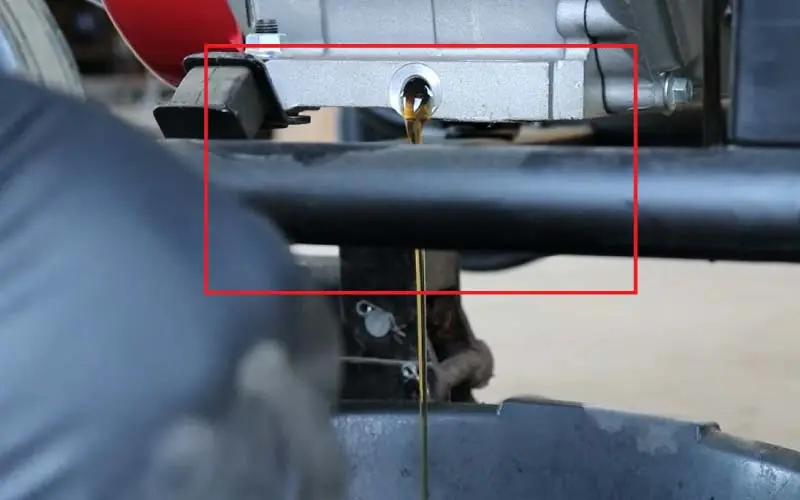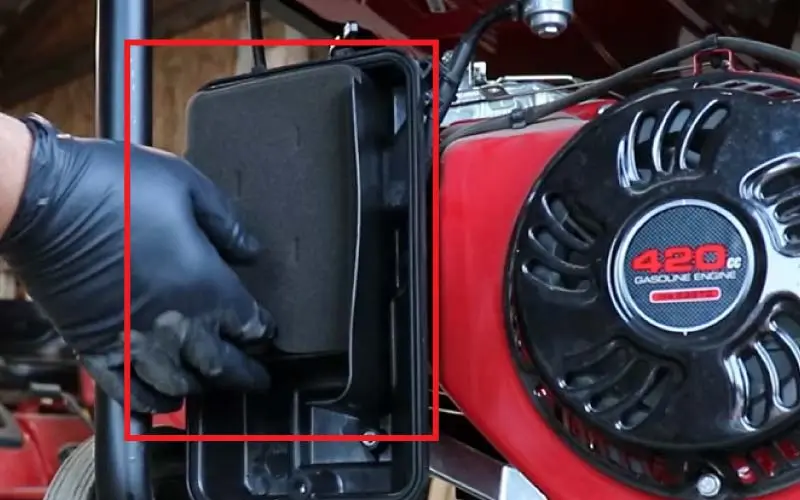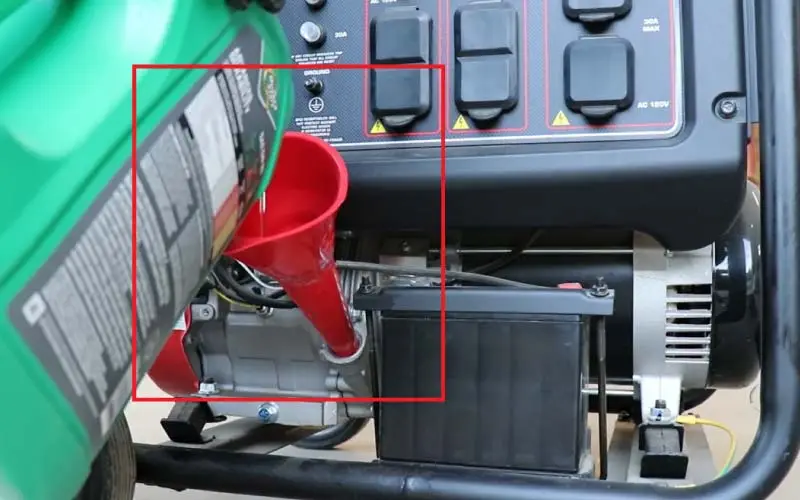Ultimate Guide On How To Change Generator Oil In 8 Steps
Get detailed instructions and expert tips on how to change generator oil with our ultimate guide. Keep your generator running smoothly and efficiently with this easy-to-follow step-by-step process.
Just like humans, generators also need food to perform their tasks. I am not talking fuel! I am talking engine oil. A generator needs to intake fresh engine once every 4 to 6 months or 80 to 150 hours.
You don’t need to be a mechanic to change the oil and keep your generator running smoothly.
In fact, it’s easier than you think! With this step-by-step guide, you’ll be able to change the oil like a pro in no time. So put on your gloves, grab your tools, and let’s get started on giving your generator the TLC it deserves!”
Tools Required for the Job:
How to Change Generator Oil in 8 Steps
Before changing the oil, first, you need to take care of safety precautions. Wear safety goggles and protective gloves.
Now collect all the necessary tools and oil drip pan in an organized place. Now here is our step-by-step guide.
STEP 1: Heat Up the Oil:
Start the generator and let it run for a minute or so. It will heat the oil inside. Warm oil will drain quickly and easily without sticking to the walls.
STEP 2: Place the Generator on the Blocks:
Make sure to place one side of the generator on the blocks as well. The logic behind placing it on the blocks is to have some free space to work with.
Some generators have the oil plug under the engine so it makes it very difficult to drain out the entire old oil without lifting the generator.
Placing it on the blocks on one side will completely drain out the oil without lifting the machine.
STEP 3: Remove the Spark Plug:
Locate the spark plug and remove it to prevent accidental starts for safety purposes. In most modern generators, the spark plug is located behind the side panel.
For the old models, it is located in the cylinder head of the engine. Use the spark plug wrench to remove it and disconnect the wire. Use the rotating motion to remove it instead of plucking it. you will up damaging it.
Clean it while you are at it using CAR cleaner, a brush, and a towel
STEP 4: Prepare to Drain the Oil:
After unplugging the spark wire, located the oil drain plug. Mostly, it will look like a 3/8” hexagonal nut.
Refer to the generator’s manual to locate these parts: This will help you to identify the oil drain plug and oil filter correctly.
Place a pan or container under the drain plug to catch the used oil. This will make it easier to dispose of the used oil and prevent spills.
Recommended Guide: How to Bypass Low Oil Sensor on Generator?
STEP 5: Remove the Oil Drain Plug:
Use a wrench to loosen and remove the drain plug. Turning the drain plug counterclockwise will loosen and remove it. Allow the oil to completely drain into the pan or container.

Leave the generator for a few minutes to allow the oil to drain completely.
As soon as you remove the oil plug, the oil will come dripping out. You have to be careful, the oil will be oil and it can burn your skin. So make sure to wear protective gloves.
STEP 6: Replace the Oil Filter:

While you are at it, change or clean the air filter as well. Over time, dirt, and debris are trapped in the oil filter which makes it dirty.
The oil filter plays a crucial role in keeping the engine oil clean, so it’s important to replace it during every oil change. Here’s a more detailed explanation of this step:
- The oil filter is usually located on the side of the engine block. It may be covered by a metal or plastic cap.
- Place a drain pan under the oil filter to catch any oil that may spill out when the filter is removed.
- Use a wrench to loosen and remove the cap that covers the oil filter.
- Once the cap is removed, you can unscrew the oil filter from the engine. It may be necessary to use the wrench to loosen it if it is tight.
- As you remove the oil filter, the oil may spill out. Use the drain pan to catch the oil.
- Use a clean cloth to clean the area around the filter mount to remove any residue or debris. This will help ensure a tight seal for the new filter.
- Take the new oil filter and coat the seal with a small amount of clean oil. Then, screw the new oil filter into place, making sure it is securely fastened. Do not over-tighten, as this can damage the seal.
- Put the cap back on to cover the oil filter.
STEP 7: Pour New Oil:

After replacing the oil filter, reinstall the oil drain plug back in its place. Use a socket wrench and screw it manually.
Insert a funnel and slowly pour new oil into the hole. The quantity of the oil varies from model to model. Normally, it ranges from 1.1 to 1.9 quarts.
The quality of the oil should be good because the longevity of the generator depends on it.
STEP 8: Reconnect Spark Plug:
The last step is to reconnect the spark plug. Take the wire boot and slide it over the top of the plug and press it firmly. You will hear a clicking sound. Reattach any covers left behind.
Start the generator, and let it run for a few minutes before giving it any load. Allow the oil to lubricate the engine.
Recommended Read: Generator Pull Cord Replacement
How Often Should I Change Generator Oil?
It depends on several factors, including the manufacturer’s recommendations, the type of oil used, the operating conditions of the generator, and the hours you put into it.
Here are some general guidelines:
- For most generator models, the manufacturer will recommend an oil change interval. It’s important to follow these recommendations, as they are based on specific performance requirements and operating conditions.
- If the generator is used frequently and under heavy loads, oil changes should be performed more frequently, typically every 100 to 200 hours of operation or every 6 to 12 months.
- If the generator is used infrequently and under light loads, oil changes may be performed less frequently, typically every 300 to 500 hours of operation or every 12 to 24 months.
- Synthetic oil may last longer than conventional oil, but it’s still important to monitor its condition and change it as recommended by the manufacturer.
Read this generator maintenance scheduling research if you want to know more about this topic.
Commonly Used Generator Oils
Here is a list of some popular brands and oil names for generators:
Conventional Mineral-based Oil:
- Quaker State
- Pennzoil
- Valvoline
- Mobil 1
Synthetic Oil:
- Mobil 1
- Royal Purple
- Amsoil
- Castrol Edge
Diesel Engine Oil:
- Mobil Delvac
- Shell Rotella
- Valvoline Premium Blue
- Castrol Power Diesel
4-Stroke Engine Oil:
- Mobil 4T
- Castrol Power 4T
- Valvoline 4-Stroke
- Shell Advance 4T
High-Mileage Oil:
- Mobil 1 High Mileage
- Valvoline MaxLife
- Castrol GTX High Mileage
- Pennzoil High Mileage

Fareed, the highly skilled electrical expert, boasts 5 years of extensive experience in proficiently maintaining, repairing, diagnosing, and installing a diverse range of electrical systems.
